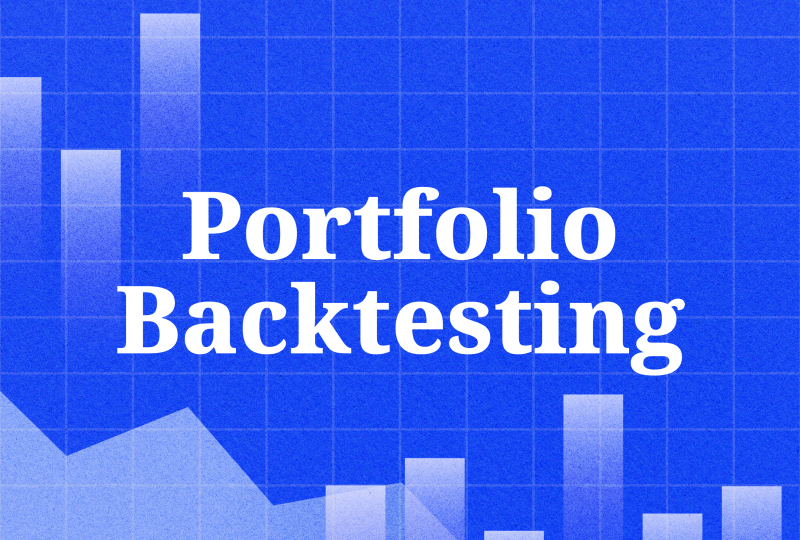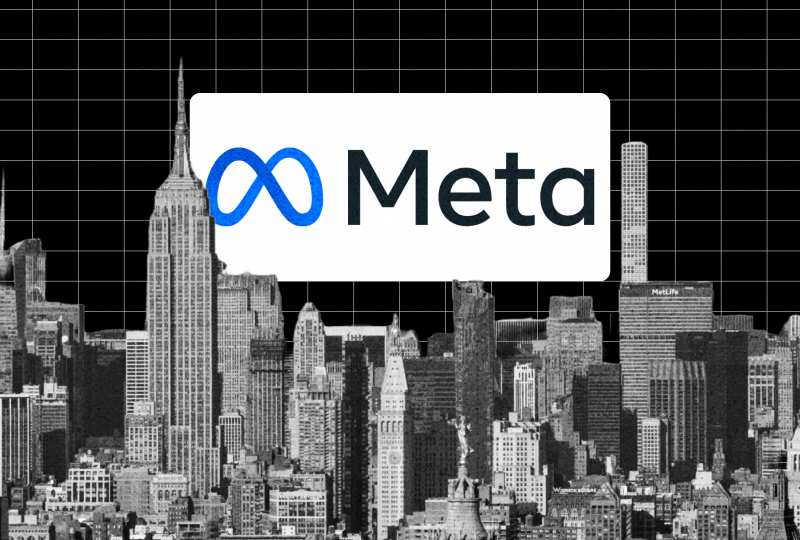What is Prime of Prime Liquidity?
Nov 1, 2021

Liquidity is among the core components for brokerage companies that enter financial markets. The characteristic is important enough for diverse instruments, including Forex, cryptocurrencies, metals, commodities, equities, etc.
Traders associate high liquidity with better chances to capitalize on buying and selling assets, while low liquidity leads to overvalued spreads, gaps, and price slippage. What should a brokerage business owner take into account?
Why can’t brokers function without liquidity aggregation?
When a newer brokerage company appears on the “trading map,” clients expect to find the best conditions there. Bid and ask orders placed by traders should be executed within milliseconds; otherwise, your clients face price slippage and gaps that ruin trading strategies.
FX liquidity providers connect brokers to high liquidity pools, where major market makers execute orders of your traders directly. For instance, a client places an order for 1 JPY/USD lot, and this order is executed by JP Morgan Chase by the market price. Traders face minimum spreads and enjoy the best conditions.
Is there another option for brokerage businesses? Some companies rely on their order books, acting as market makers themselves. When a trader places a bid or ask order, he (she) needs the system to find the corresponding order placed by another trader. The model is successful when a company hosts more than 1 million active traders; nevertheless, gaps and high spreads are still possible for trading pairs with low popularity.

Types of liquidity providers
Brokerage businesses cannot access the market liquidity without the helping hand of providers, as the largest banks and funds deal with huge trading volumes only.
The list of liquidity providers (LPs) is roughly divided into two categories:
1) Tier 1 LPs. Such providers connect brokerage businesses with top-rated market makers (Bank of America, Morgan Stanley, Goldman Sachs, and other major players of the Forex market).
2) Tier 2 LPs. These companies are called Prime brokers as well. Tier 2 providers open accounts in major banks (Prime brokers select one banking institution or several companies), and then grant access to retail brokers.
In both cases brokerage businesses do not execute their clients’ orders; this is why prices and quotes are distributed directly from major players.
Prime of Prime liquidity: explanation
On top of the given LP categories, brokers may deal with Prime of Prime liquidity providers that offer the best industry conditions.
What is the main idea of such providers? PoP companies build their own liquidity pools and connect major players of financial markets. For instance, the FX liquidity pool unites the top-rated banks, Prime brokers, dark pools, non-bank liquidity providers, etc. As for the liquidity pool for equities, PoP providers gather DMA providers, clearing houses, LPs, and dark pools together. The same situation takes place in different markets.
PoP liquidity provides brokers with access to the deepest liquidity pools, and their clients experience the most beneficial trading conditions.
As such, no matter which instruments are available for your traders, Prime of Prime providers are the best choice for CFD liquidity, cryptocurrencies, equities, and other markets.
Wondering how these solutions can boost your business?
Leave a request, and let our experienced team guide you towards unparalleled success and growth.




